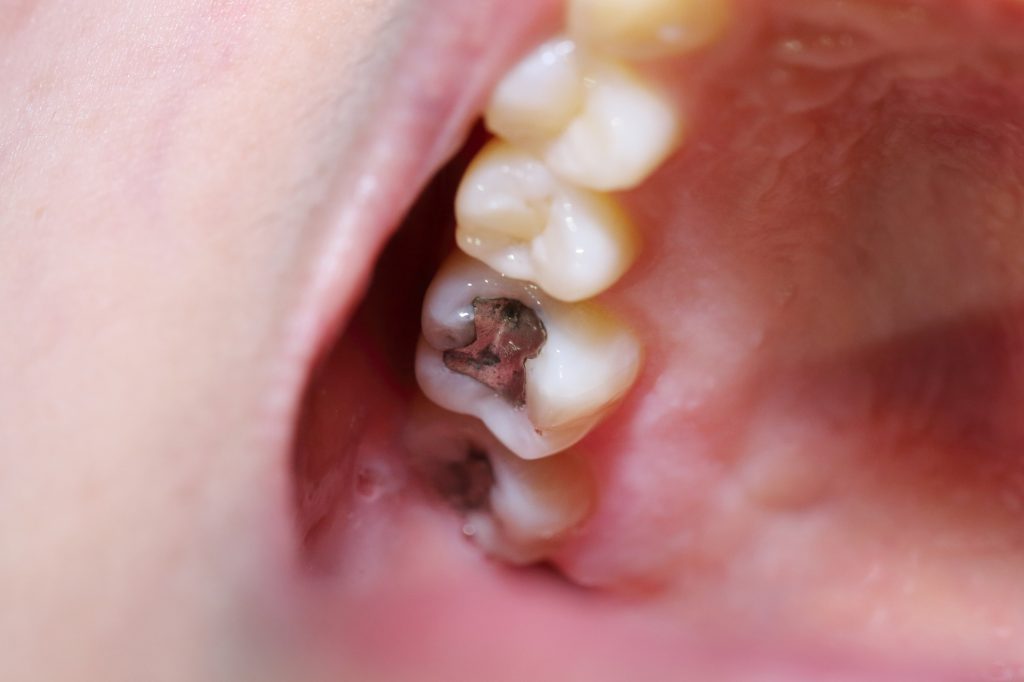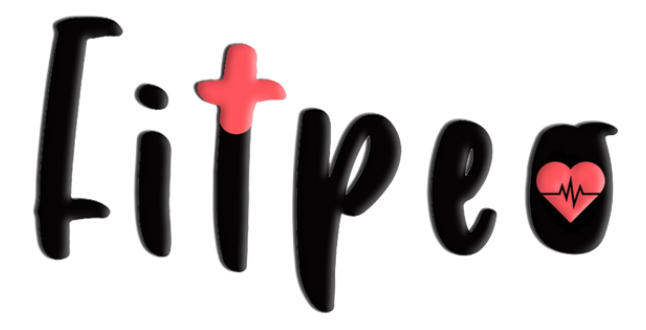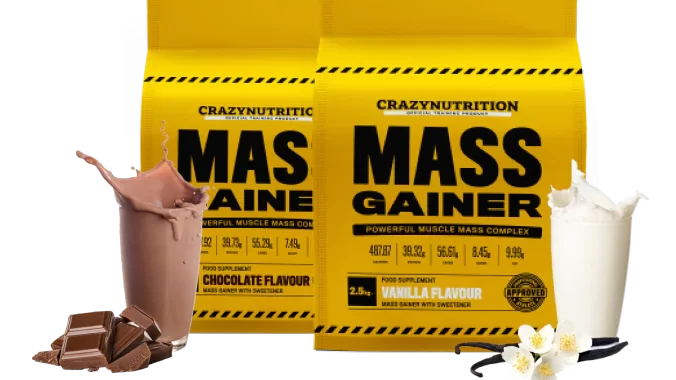Cavity Fillings: How to Know if You Need One

teeth cavity with the treatment
One in four adults aged 20 to 64 currently have at least one cavity. It’s an incredibly common dental issue to have along with a chipped tooth and general dental decay. But sometimes it’s hard to pinpoint the problem.
If you’d like to know how to distinguish between regular tooth sensitivity and a cavity in need of cavity fillings, read on to find out more.
Dental Decay and Cavities
Being as common as it is, it’s likely you’ve heard of dental decay and cavities, but what are they? Quite simply, it’s when sugary foods contribute to the breakdown and dissolving of teeth.
If left untreated, cavities can become serious and cause a lot of pain. That’s where cavity fillings come in. Essentially, it’s the process of filling up the hole caused by dental decay, alleviating any pain you might be feeling.
Generally, there are three types of cavities:
- Coronal cavities
- Root cavities
- Recurrent decay
Coronal cavities are the most common and they tend to be located on chewing surfaces or in between the teeth. Root cavities, however, are due to the receding of our gums as we age. Our tooth roots do not have enamel covering them and are therefore more susceptible to decay.
Then there is recurrent decay which actually occurs after a filling has been put in place. Sometimes the areas around the fillings can get a build-up of plaque and this can cause a further cavity.
Symptoms That Might Mean You Need a Cavity Filling
So, what are the tell-tale signs of needing a cavity filling? For one thing, it’s definitely more than simply tooth sensitivity. If that is your only symptom, while it’s still recommended you visit a dentist, it’s unlikely you’ll be needing a filling for it.
For starters, the toothache you’ll feel if you do have a cavity will be enduring and painful. Especially when it comes to eating or drinking things that are too hot or too cold. This pain or ache would typically get worse when you put pressure on it, too.
This one might be a bit obvious, but if there is a visible hole in one of your teeth… you might just have a cavity. If not a full hole, other visible symptoms include having a dark brown or black spot on your tooth or having a chipped or broken tooth.
Furthermore, if you find that your dental floss is getting stuck on the same tooth a lot when you use it, that could be a sign. As well as if you find food is consistently getting stuck in certain teeth, too.
Find a Dentist For Your Cavity Fillings
If you do think you may require cavity fillings, don’t worry. They are very common and easily administered. Searching ‘Dentist Near Me‘ will point you in the right direction to ensure you get the dental work you need.
No matter what type of cavity you may have, adequate treatment is available and can ensure any toothache you are feeling can be eradicated!

 Managing Peripheral Diabetic Neuropathy: Holistic Approaches and Treatment Options
Managing Peripheral Diabetic Neuropathy: Holistic Approaches and Treatment Options  All You Get To Know About The Best Dentist Hagerstown Md Out There
All You Get To Know About The Best Dentist Hagerstown Md Out There  FitPeo: An App that Helps You Record and Manage Your Family Health Data
FitPeo: An App that Helps You Record and Manage Your Family Health Data  Crazy Nutrition Mass Gainer Review: The Ultimate Guide to Building Muscle
Crazy Nutrition Mass Gainer Review: The Ultimate Guide to Building Muscle  How to Use Laxatives Safely and Effectively for Weight Loss
How to Use Laxatives Safely and Effectively for Weight Loss  How Quantum Touch and Reiki Compare: Understanding the Differences
How Quantum Touch and Reiki Compare: Understanding the Differences  Server Wars 2025: Which Hosting Platforms Are Winning for Gamers?
Server Wars 2025: Which Hosting Platforms Are Winning for Gamers?  From Clicks to Chips: Turning Online Traffic into Loyal Casino Players
From Clicks to Chips: Turning Online Traffic into Loyal Casino Players  The Math Behind the Magic: How RTP Shapes Slot Payouts
The Math Behind the Magic: How RTP Shapes Slot Payouts